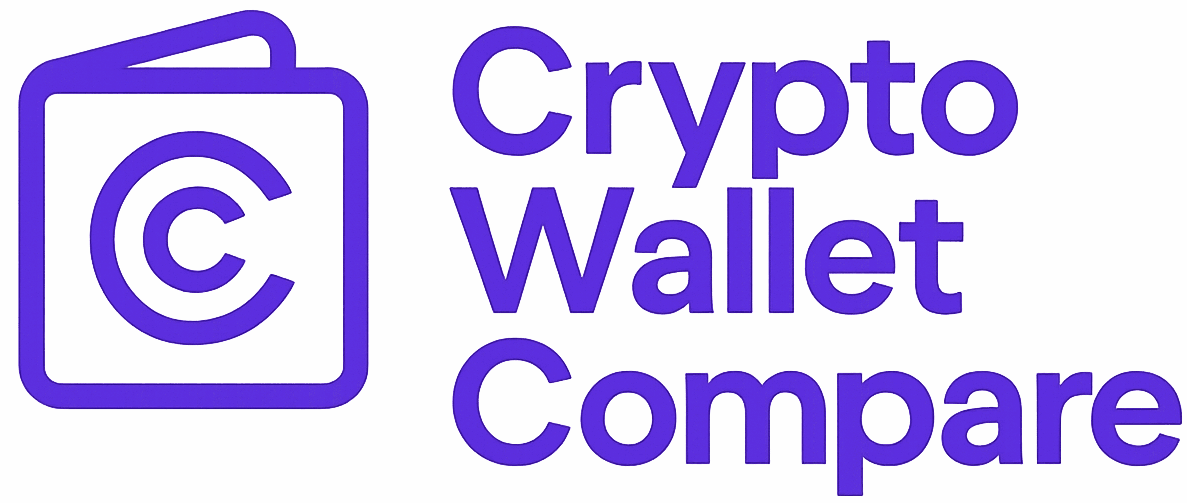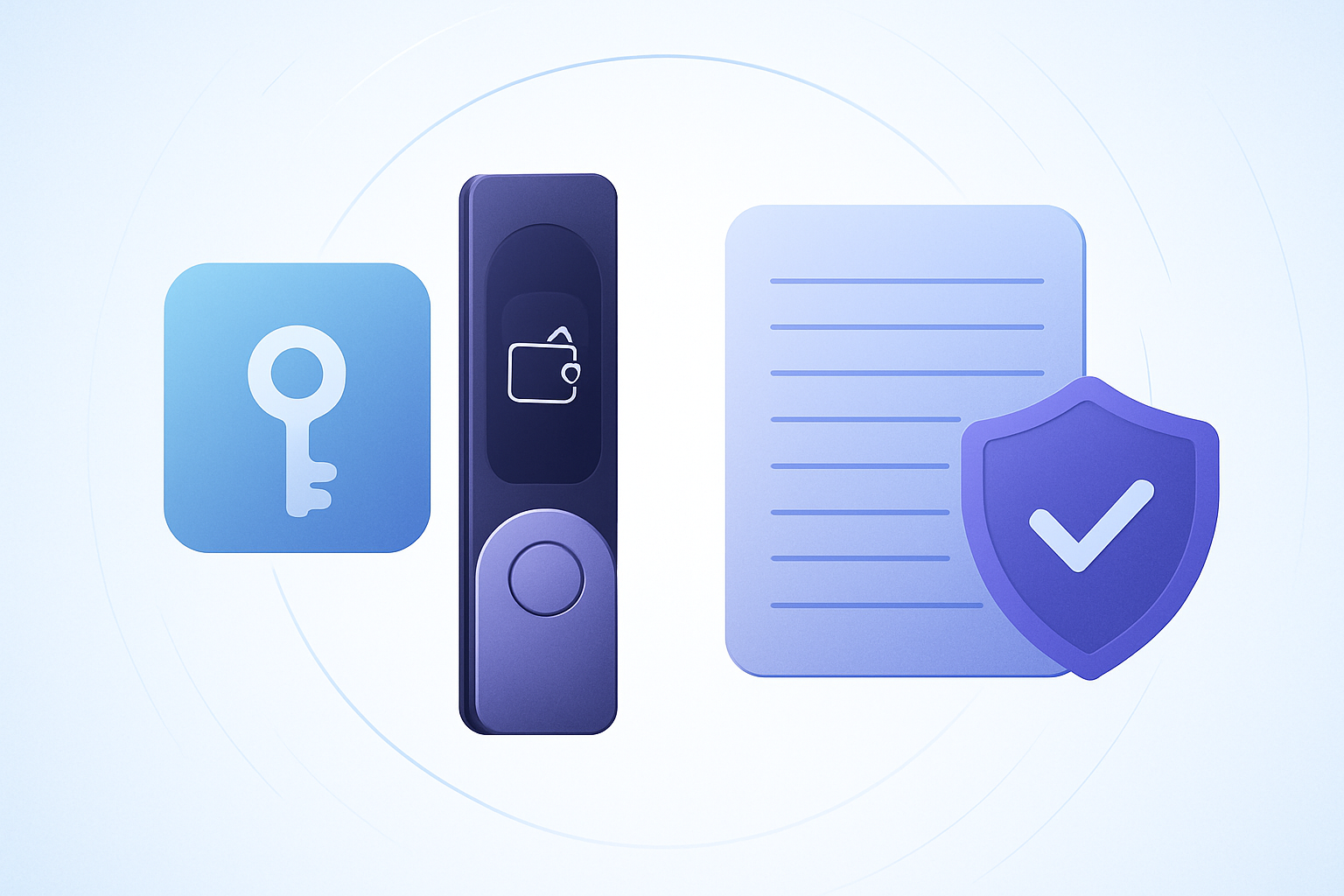Choosing the right cold wallet isn’t just about security—it’s about future-proofing your assets as blockchain standards and supported coins continue to evolve. For holders of XRP, Stellar Lumens (XLM), and Hedera Hashgraph (HBAR), 2025 brings a critical decision: Tangem Wallet vs. Ledger Nano X. Both are top-tier cold storage solutions, but their approaches to multi-asset support, ISO 20022 compliance, and user experience differ in ways that matter for serious investors.

Multi-Asset Support: Which Cold Wallet Handles XRP, XLM, and HBAR Best?
Asset compatibility is non-negotiable for diversified crypto holders. Tangem Wallet boasts support for thousands of tokens—including native support for XRP, XLM, and HBAR—directly on its NFC-enabled smart cards. This means you can manage all three ISO 20022-compliant coins from a single device without the need for additional apps or plugins.
Ledger Nano X, meanwhile, leverages its robust Ledger Live app ecosystem to support these assets. However, some tokens may require third-party wallet integrations or additional steps during setup. While both wallets cover the basics, Tangem’s direct approach appeals to users who want streamlined management of their ISO-compliant holdings.
Tangem vs. Ledger Nano X: Multi-Asset Support Compared
-

Tangem Wallet: Offers direct native support for XRP, XLM, and HBAR, allowing users to manage these assets without installing extra apps. This streamlined approach enhances ISO 20022 compatibility and simplifies the user experience for multi-asset holders.
-

Ledger Nano X: Requires users to install individual apps for each asset (like XRP, XLM, and HBAR) through Ledger Live. While it supports a wide range of cryptocurrencies, the app-based system can be less convenient for those managing multiple assets, and may involve more setup steps.
ISO 20022 Compliance: Why It Matters for Future-Proofing Your Crypto
The push toward ISO 20022 standards is reshaping how financial institutions interact with digital assets. Both XRP and XLM are leading examples of this new wave—making them especially attractive for institutional adoption in payments and settlements. HBAR, while newer to the scene, is also aligning with these standards.
Tangem Wallet has made explicit efforts to highlight its compatibility with ISO 20022-compliant coins in its marketing materials. This focus ensures that holders aren’t left behind as regulatory requirements tighten in global finance. Ledger Nano X, with its established presence in the hardware wallet market, supports these coins but doesn’t foreground ISO compliance as a selling point—something advanced users may want to consider when thinking long-term.
User Experience: Security Meets Simplicity (or Complexity?)
User experience is where opinions sharply diverge between Tangem and Ledger loyalists. Tangem Wallet’s NFC card design eliminates batteries, Bluetooth pairing hassles, and even seed phrases—private keys are generated on-device during setup and never leave the card. This simplicity appeals to those who value portability (think credit-card size) and quick access without technical hurdles.
Ledger Nano X, in contrast, offers more granular controls via its screen interface and physical buttons—a plus for users comfortable managing firmware updates or navigating multiple apps within Ledger Live. However, this comes at the cost of a steeper learning curve for beginners or those who simply want tap-and-go access to their assets.




